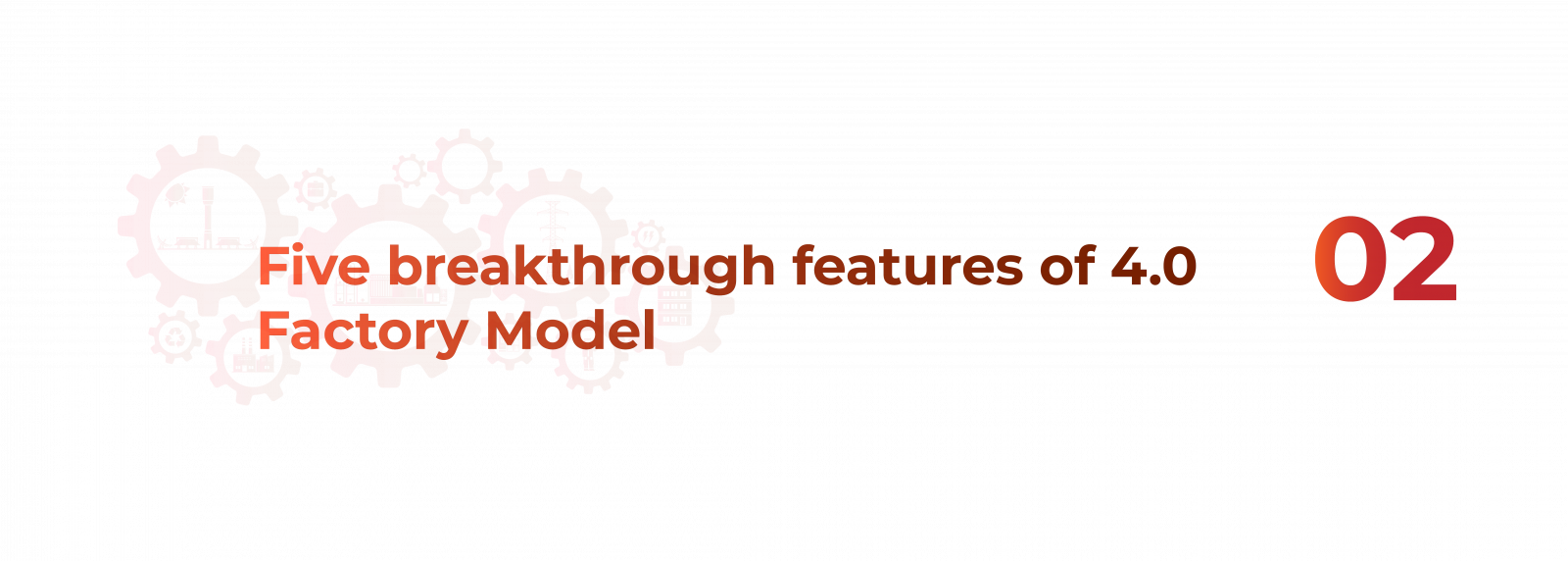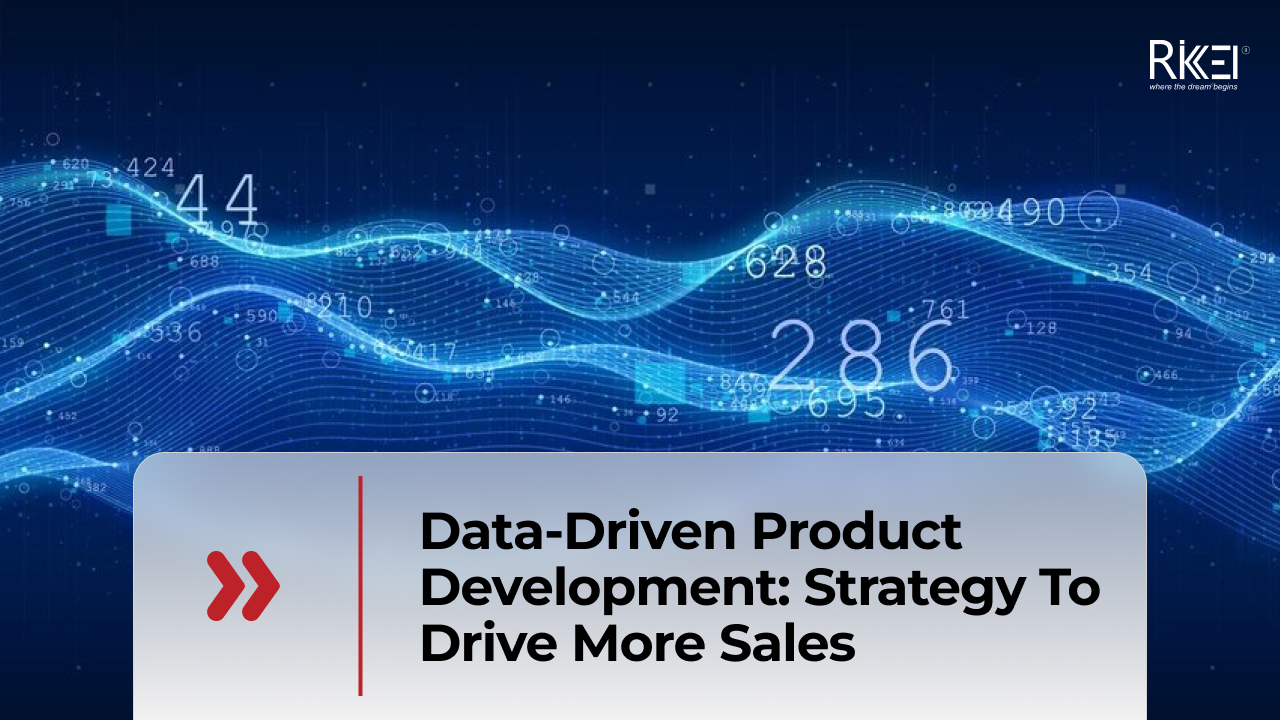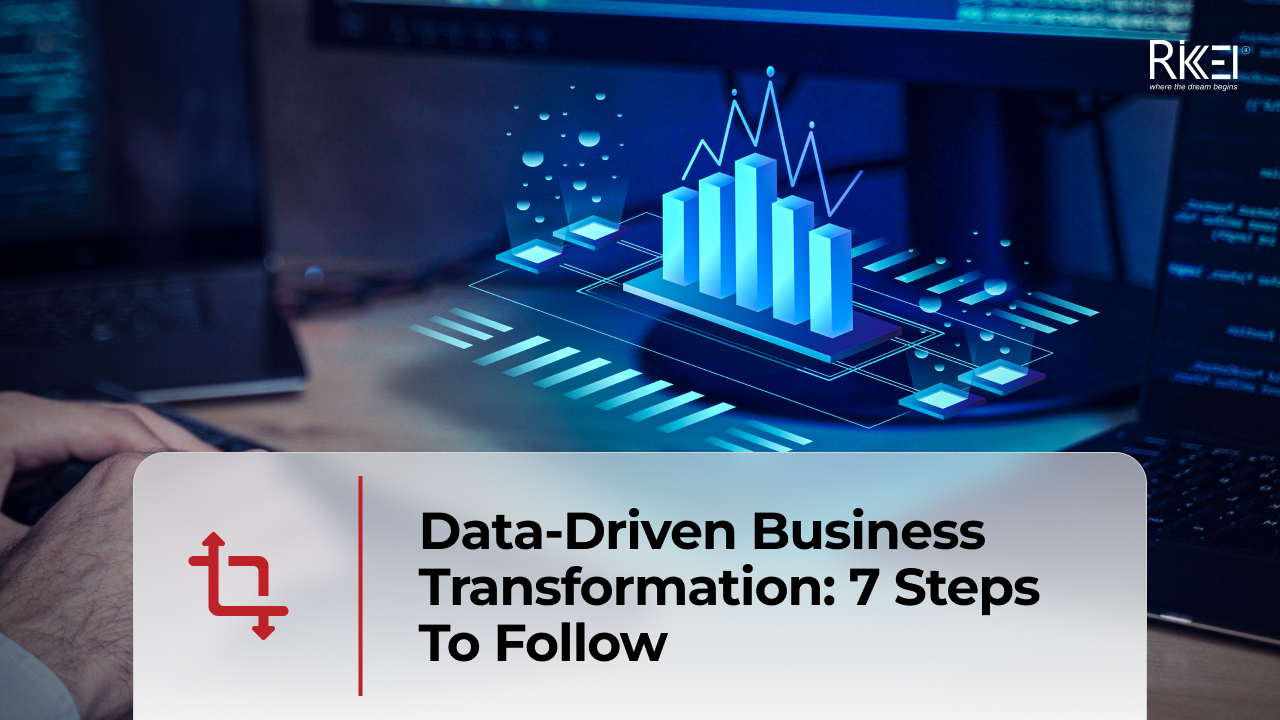IoT trends around the world: Smart Factory of the post-pandemic future
The Smart Factory model, which includes typical Industrial Revolution 4.0 applications (IoT, AI, big data, cloud computing, etc. ), is an excellent way to improve production and business management. It is obvious that the Smart Factory is a significant movement advance and a breakthrough in comparison to the previous three revolutions. People will be able to control and operate all production activities and digitize all activities with the help of this solution.
In this post, Rikkeisoft will explain the smart factory model and the incredible benefits it provides to humans.

According to Deloitte Insights, the Smart Factory solution, also known as factory 4.0, is a significant step forward when a traditional automated production system is connected and processed with continuous production and business data, allowing the system to learn and adapt to changing market needs. As a result, operations will be more efficient, flexible, and able to forecast and self-regulate while also reducing downtime.
The real power of a Smart Factory lies in its ability to evolve and change throughout the organizational change process, whether it is influenced by market demand, expanding into new markets, developing new products and services, forecasting and meeting the needs of the operation, maintenance, incorporating new technologies and processes, or changes in the production process in near real-time. The connection is the most significant feature of a smart factory. Basic manufacturing processes and materials must be connected in order to create the data needed to make timely decisions in smart factories.

-
The proactive
Factory 4.0 solution is a proactive system that can respond to the market’s demanding and continuously changing demands. People may manage machinery, production equipment, monitor and digitize activities to establish an efficient system, reduce machine downtime, and increase the capacity to forecast and self-calibrate thanks to intelligent production systems. In addition, engineers may rely on the system’s analyses and forecasts to develop a switch strategy, quickly respond when issues arise, and ensure the safety of production activities.
-
Flexible
Throughout its use, Smart Factory can adapt, upgrade, and grow quickly. Smart production systems enable businesses to actively improve their production processes in response to market demands, even expanding into new markets. As previously said, Smart Factory also has the capacity to forecast in order to assist organizations in making timely and suitable changes to new technologies and processes.
-
Connected
Intelligently connecting all machines, assets, and human resources is a critical component of factory 4.0’s excellence. This improves operational efficiency and productivity by optimizing the data processing process. In addition, humans can make better use of their time and communicate with machines by utilizing wireless device connectivity.
-
Optimized
A Smart Factory not only provides superior, synchronous, and reliable features to the manufacturer, but it also improves efficiency by increasing productivity and asset operations efficiency. Therefore, increasing flexibility and optimal operations, automating many operations, creating a safer working environment, improving quality, and quickly preventing risks, and saving and optimizing costs.
.png)
So, why are smart factories the future of the industry? Our Rikkeisoft IoT experts illustrate three key initiatives for big business to transform their sites into smart factories.
First, The Smart Factory enables companies to achieve their carbon neutrality goals. Customers, and society as a whole, now expect big businesses to set goals that align with climate science. It’s something that cannot be ignored and could even be detrimental to the business if companies don’t consider their carbon footprint. For example, many of our customers have already made carbon-neutral commitments, and it’s important for them to work with a partner with similar values and goals. It’s also clear that the opportunities are there. The global economic benefit of a low-carbon future is estimated to be USD26 trillion by 2030.
Second, connectivity is a key enabler for a low-carbon future and a low-carbon economy. We’ve already seen the benefits of digitalization this year—fewer commutes to the office and more flexible work. In fact, digital technology can cut business flights by 50 percent. It has a huge impact. On a bigger scale, capabilities like IoT and machine learning means we can optimize existing physical infrastructure, and therefore reduce the need for more or bigger infrastructure in the future.
Finally, sites like a 5G smart factory can be part of a wider effort to close the digital divide and take an active role in creating future jobs. Today, there’s a significant shortage of STEM professionals (Science, Technology, Engineering, and Mathematics) and a lack of people with the right skills to fill the jobs that’ll be needed as part of the digital transformation of industries.

In conclusion, the smart factory benefits manufacturers by creating a safer, efficient, and more reliable operation. Companies will need to adopt digital technologies in order to meet consumers’ rising expectations of faster delivery times, free shipping, options to customize products, more transparency, and lower costs. Furthermore, the demands on the manufacturing industry will continue due to the trend for more on-demand production and the ever-present drive to reduce costs. The smart factory is a direct way for manufacturers to excel in a competitive and dynamic marketplace as they’ll use digital innovation to improve supply chain efficiencies.
More From Blog

August 8, 2024
Data-Driven Product Development: Strategy To Drive More Sales
As a business owner, you want your products or services to be well-received upon launch. The most effective way to create a product that satisfies a broad range of customers is to gain insights into their needs and behaviors from the outset. The key lies in data-driven product development, a strategy that many companies have […]

August 8, 2024
7 Steps To Establish A Data-Driven Governance Program
While data-driven approaches significantly benefit organizations in various ways, failure to govern the huge data sets will hurt your business even more. Effective data management also ensures data quality and security. That’s why there is an increasingly high demand for data-driven governance programs. Continue reading for a detailed guide! What Is Data-Driven Governance? Surprisingly, many […]

August 8, 2024
Data-Driven Business Transformation: 7 Steps To Follow
Data empowers businesses to make well-informed decisions in different departments, like marketing, human resources, finance, and more. As a business owner, you should also employ data-driven approaches to skyrocket productivity and efficiency. If you are still new to this concept, scroll down for an in-depth guide on data-driven business transformation. What Does A Data-Driven Business […]

August 8, 2024
Data-Driven Security: Transforming Protection Through Analytics
Cybersecurity was once an afterthought for most organizations. But in today’s digital landscape, it has become mission-critical. With this transformation has also come a shift in how security decisions are made. Rather than relying solely on intuition and tradition, leading organizations are embracing data-driven strategies. By using metrics and insights around threats, vulnerabilities, and more, […]

August 8, 2024
Differences Between Data Science and Computer Science
Data Science and Computer Science are distinct fields overlapping in certain areas but have different focuses and objectives. The article below will help you clearly understand the differences and the close connection between the two fields. What is Data Science? Data Science is an interdisciplinary field that combines scientific methods, processes, algorithms, and systems to […]

August 8, 2024
How Real-Time Data Analysis Empowers Your Business
In today’s fast-paced business landscape, the ability to quickly make data-driven decisions has become a key differentiator for success. Real-time data analysis, the process of analyzing data as soon as it’s generated, has emerged as a powerful tool to empower business across industries. By leveraging real-time data analysis, organizations can gain timely and actionable insights, […]

